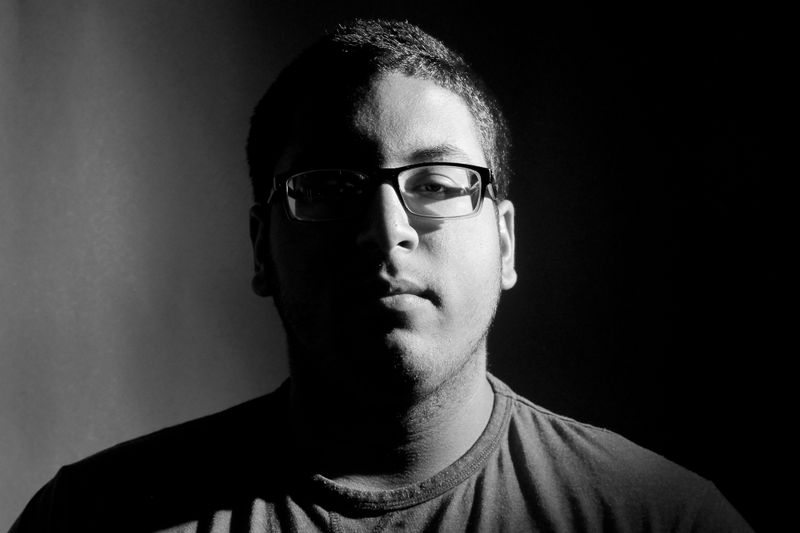We Are America
We Still Have Work to Do
By Philly

Lowell High School, Lowell, Massachusetts
I have always known diversity, in the classroom, the workplace, and in life. While I was growing up, my dad owned a bodega in downtown Manhattan. People who came in were from all corners of the world:
Hispanics getting rice and beans and spilling the neighborhood drama; Caucasians trying out different kinds of meats, getting lottery tickets, and trying out their Spanish; immigrants from all over Asia buying rice, comparng it to how they made it in their home country; African Americans getting milk and eggs. Everyone always seemed united at our store, everyone chatting with one another, no noticeable differences, no judgment as far as we could tell. This was the same story when we moved to Teaneck, New Jersey, where we had a bodega, then to Haverhill, Massachusetts, where we worked at my uncle’s bodega.
For a few months, we lived in Philadelphia, Pennsylvania. While we didn’t have a store there, our street was a splash of many colors in itself. My older brother was the social bug of the streets, so I followed him around, meeting his friends, who were all races, Caucasian, Asian, African, and of course, us, Hispanic. We didn’t notice or care about these differences. We all liked games - video games, and sports, baseball and basketball mainly. There were no boundaries in what we could do beyond it getting too late and having our moms call us home.
It was the same when we moved to Lowell, a place made from many pieces of the world: some born and raised in Lowell, some from Puerto Rico, Haiti, Iraq, the Philippines, Portugal, Thailand, and Sierra Leone, to name a few. We all had similar struggles and goals. It seemed to be a place of pure diversity.
Growing up, I thought the whole world was like this, full of people of differ- ent colors who supported and cared for one another. But school taught me otherwise. In classes, we learned of the mass expulsion of Native Americans in the 1740s; the Irish mistreatment in Boston in the 1850s; the Chinese Exclusion Act of 1882; the mass arrest and deportation of Mexican Americans in Los Angeles in 1931; the ongoing atrocities committed by white Americans against African Americans in, well, the entire history of the United States. More recently, we’ve witnessed the Pulse nightclub massacre in 2016 and the modern day #metoo movement, and I’ve come to realize that there is still much work needing to be done.
I recently had the privilege of traveling down to Montgomery, Alabama. I found it to be very different there. I saw places where the heroes of history and places of importance are different from those I grew up with in the North. While there, I saw these tremendous works of art, but they all came with a darker history. A fountain beautifully crafted, but built on the site of a major slave market. A towering statue honoring fallen Confederates. A statue honoring the president of the Confederacy shining through the night. There was an ugly history that came with the beautiful works of art. I didn’t fully understand that while I view some people as villains of history, others may see them as heroes, or honorable.
Growing up with such diversity in my life, I realized I had grown blind to racism, sexism, and other kinds of exclusion. Blind to all the negative parts of our history. Blind to all the fighting that it took for me to enjoy my life the way it was. Without seeing this history and these places with my own eyes, I would still be partially blind. Now I can see that the fight isn’t over, not everyone can enjoy the life I have had, and, until every kid from any corner of the world can enjoy the beauty of a diverse and accepting community, we still have work to do.
© Philly. All rights reserved. If you are interested in quoting this story, contact the national team and we can put you in touch with the author’s teacher.